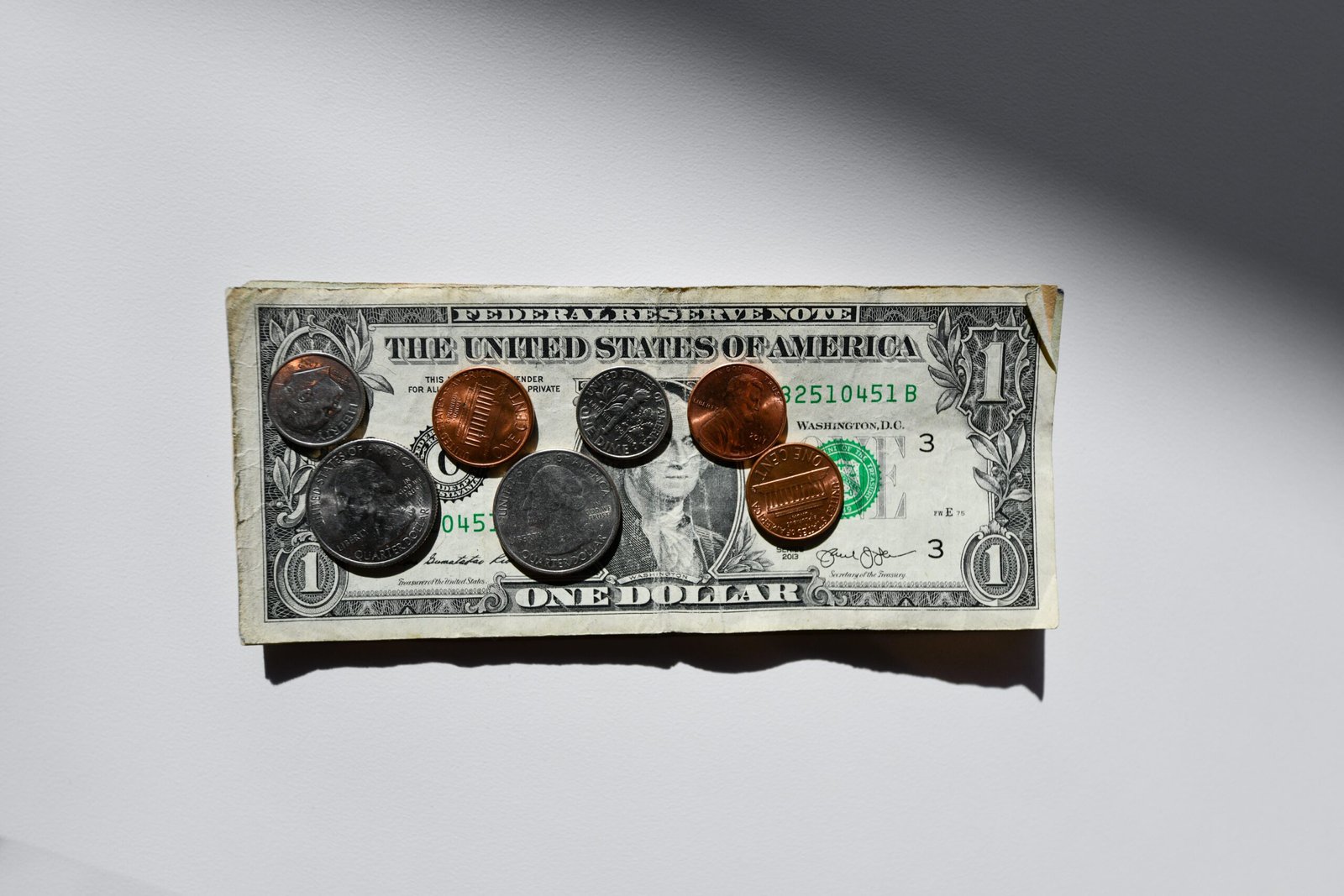Introduction
Imagine this scenario: you wake up one morning to find your car won’t start. You call a tow truck, and after a quick inspection, the mechanic informs you that your engine needs to be replaced. The cost? A hefty $5,000. Without an emergency fund, this unexpected expense could leave you in financial ruin.
Building an emergency fund is crucial for financial stability and peace of mind. It acts as a safety net, protecting you from unforeseen circumstances and giving you the confidence to handle any financial crisis that may arise. In this blog post, we will explore the fundamentals of emergency funds and provide you with the top 10 strategies to create a realistic emergency fund that suits your needs.
1. Start Small, Think Big
Creating a rainy day fund may seem daunting, but remember that every journey begins with a single step. Start by setting achievable savings goals. Aim to save at least 3-6 months’ worth of living expenses. Even if you can only save a small amount each month, it will add up over time.
Example: If your monthly expenses amount to $3,000, aim to save $9,000-$18,000 as your initial target.
2. Prioritize Saving
Make saving a priority by including it in your monthly budget. Treat it as a non-negotiable expense, just like your rent or utility bills. Set up an automatic transfer from your checking account to a separate savings account to ensure consistent contributions.
Example: Allocate 10% of your income towards your emergency fund every month.
3. Cut Back on Expenses
Identify areas where you can reduce your spending and redirect those funds towards your emergency savings. Analyze your monthly expenses and look for discretionary items that can be eliminated or reduced.
Example: Cancel unused subscriptions or reduce dining out expenses by cooking at home.
4. Increase Your Income
Consider ways to boost your income to accelerate your emergency fund growth. Take on a side gig, freelance work, or explore opportunities for career advancement or salary negotiation.
Example: Offer your skills as a freelancer or tutor in your spare time.
5. Take Advantage of Windfalls
When unexpected financial windfalls come your way, such as tax refunds or work bonuses, resist the temptation to splurge. Instead, allocate a portion or all of the windfall towards your emergency fund.
Example: Deposit your tax refund directly into your emergency savings account.
6. Create a Separate Emergency Savings Account
Establishing a dedicated account for your emergency fund helps you track your progress and prevents you from dipping into it for non-emergency expenses. Look for an account with a high-interest rate to maximize your savings.
Example: Open a high-yield savings account specifically for your emergency fund.
7. Stay Consistent
Consistency is key when building an emergency fund. Even if you face setbacks or unexpected expenses, continue to contribute to your fund as soon as possible. Remember, progress is progress, no matter how small.
Example: If you have to use a portion of your emergency fund, make a plan to replenish it as soon as you can.
8. Review and Adjust
Regularly review your emergency fund goals and adjust them as needed. As your financial situation changes, such as an increase in expenses or a decrease in income, ensure that your emergency fund aligns with your current circumstances.
Example: Reevaluate your emergency fund target annually to account for inflation and changes in your financial situation.
9. Protect Your Emergency Fund
Keep your emergency savings separate from your everyday spending accounts to avoid accidental spending. Consider keeping your emergency fund in a different bank to create an additional barrier.
Example: Set up a separate account at a different bank for your emergency fund.
10. Celebrate Milestones
Building an emergency fund is a significant achievement. Celebrate your milestones along the way to stay motivated and acknowledge your progress. Reward yourself with a small treat or a night out, but remember to keep it within your budget.
Example: Treat yourself to a nice dinner or a movie night to celebrate reaching certain savings milestones.
FAQs
Q: How much should I have in my emergency fund?
A: It is recommended to have 3-6 months’ worth of living expenses in your emergency fund. However, the exact amount may vary depending on your individual circumstances.
Q: Can I use my emergency fund for non-emergency expenses?
A: It is best to reserve your emergency fund for true emergencies. Using it for non-emergency expenses may leave you vulnerable in case of unexpected financial crises.
Q: Should I invest my emergency fund?
A: It is generally recommended to keep your emergency fund in a liquid and easily accessible account, such as a high-yield savings account. Investing it may expose your funds to market volatility and make it harder to access in times of need.
Tips
- Track your expenses to identify areas where you can save more.
- Consider seeking professional financial advice to help you create a realistic emergency fund plan.
- Regularly review your emergency fund progress and adjust your savings goals if necessary.
- Stay disciplined and avoid dipping into your emergency fund for non-emergency expenses.
Conclusion
Building a realistic emergency fund is a crucial step towards financial security. By following these top 10 strategies, you can create a financial safety net that protects you from unexpected expenses and provides peace of mind. Remember, it’s never too late to start saving for emergencies. Take action today and secure your financial future.
Call to Action: Share this article with your friends and family to help them create their own emergency funds and achieve financial peace of mind. Together, we can build a financially resilient community.









